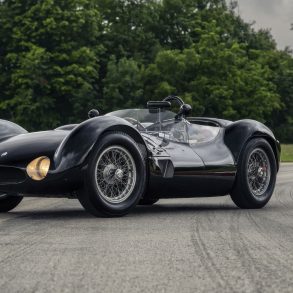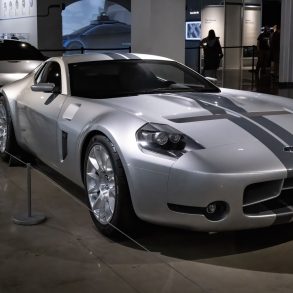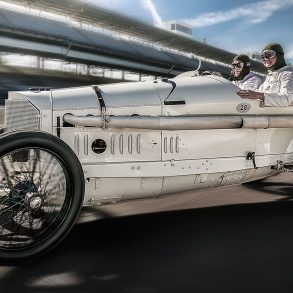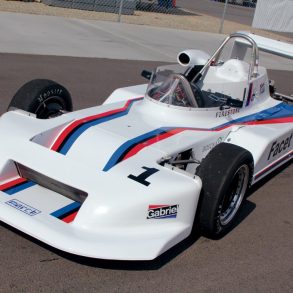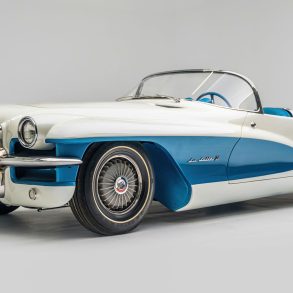In 2003, 50 years after Tazio Nuvolari’s death, Arrigo Granola, an employee of the Banca Agricola of Mantua, Italy, tore himself away from the rigors of banking to sort out a stack of battered old cardboard boxes the racing driver had left in his will to the town’s automobile club, and which had been in the bank’s safekeeping for many years. First, Granola found even more of the great man’s trophies, others of which were already on display in the Nuvolari museum just around the corner. Nothing strange there…
…Not until he opened a box and discovered a side of Nuvolari the world never knew existed. The box was filled with 2,575 negatives of completely unknown photographs taken by the great racing driver himself. And they clearly established Tazio as almost as good a photographer as he was a racing driver. The automobile club was so impressed with the pictures, which are obviously of great historic and monetary value, that it had a selection of them restored, digitized, and turned into an exhibition entitled “Quando Scatta Nuvolari,” which opened at the Palazzo Te in Mantua, Nuvolari’s home town, in mid-September.
The club was right to be impressed, because the shots have been examined and were later acclaimed by some of Italy’s leading photographic experts, who found their composition, lighting, and contrast outstanding.
The pictures are wide ranging and are of still life, architecture, reportage, and portraits, none of which had been seen before. Some of the most eye-catching photographs in the Mantua exhibition include those of Wilbur Shaw way ahead of the field in his Shaw-Offenhauser in the 1938 Indianapolis 500, in which he eventually came 2nd; the cockpit of Nuvolari’s own Maserati with bits of paper stuck all over the dashboard telling him when to go faster, as well as a large number of exquisitely lit and composed portraits of stunningly beautiful women, for whom Tazio was known to have had a weakness.
The photographs in the exhibition run nonstop from 1918 to 1937, when Tazio’s first son Giorgio died, continued from 1938 and end in 1946 after the tragic death of his youngest son, Alberto. There is no clue as to who or what turned one of the 20th-century’s greatest racing drivers into a photographer of such high creative ability. However, there is a distinct improvement in the quality of the pictures from 1938, when Tazio took up his hobby again, documenting every trip he made and each meeting he attended.
“Quando Scatta Nuvolari”—the exhibition will remain open until December 18.




